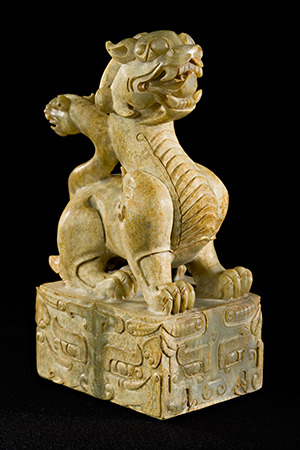archaeofacts:Chinese jade, any of the carved-jade objects produced in China from the Neolithic Perio
archaeofacts:Chinese jade, any of the carved-jade objects produced in China from the Neolithic Period (c. 3000–2000 bce) onward. The Chinese have historically regarded carved-jade objects as intrinsically valuable, and they metaphorically equated jade with purity and indestructibility.The meaning of jadeJade occupies a special place in Chinese artistic culture, valued as gold is in the West but hallowed with even loftier moral connotations. The Shuowenjiezi (“Discussions of Writings and Explanations of Character”) of Xu Shen defined jade (yu) as follows:“A stone that is beautiful, it has five virtues. There is warmth in its lustre and brilliance; this is its quality of kindness; its soft interior may be viewed from the outside revealing [the goodness] within; this is its quality of rectitude; its tone is tranquil and high and carries far and wide; this is its quality of wisdom; it may be broken but cannot be twisted; this is its quality of bravery; its sharp edges are not intended for violence; this is its quality of purity.” (Translation adapted from Zheng Dekun)Because of this and the belief in its indestructibility, jade from early times was lavishly used not only for dress ornaments but also for ritual objects, both Confucian and Daoist, and for the protection of the dead in the tomb. -- source link
Tumblr Blog : archaeofacts.tumblr.com
#history#reference#motifs




